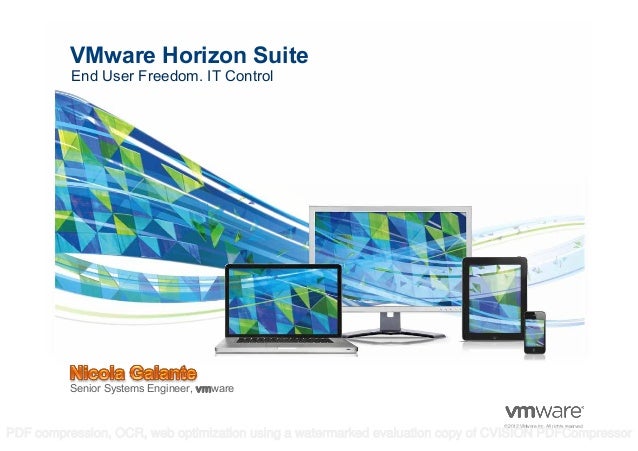
Following successful authentication, a connection using one or more secondary protocols is then made to the resource. The first phase of a connection is always the primary XML-API protocol over HTTPS, which provides authentication, authorization, and session management. Primary and Secondary Protocolsįirst, it is important to understand that when a Horizon Client connects to a Horizon environment, several different protocols are used, and a successful connection consists of two phases. If you want to go into more depth, we now offer the detailed and comprehensive Understand and Troubleshoot Horizon Connections guide.

Note: Even though this blog was posted a while ago, it's still a very relevant and easy way to get the gist of Horizon connections. Although I use VMware Horizon, including its Horizon Connection Server, most, if not all, of what is described here is applicable to VMware Horizon Cloud as well.

I thought it would be worthwhile explaining how this works for internal and external connections, with the aid of some diagrams. Some of these exchanges were to help determine the best architecture, some were to understand the traffic flow and network ports, and others were to help in troubleshooting. I’ve had a several conversations over the past few weeks about how a VMware Horizon Client connects to a resource.


 0 kommentar(er)
0 kommentar(er)
